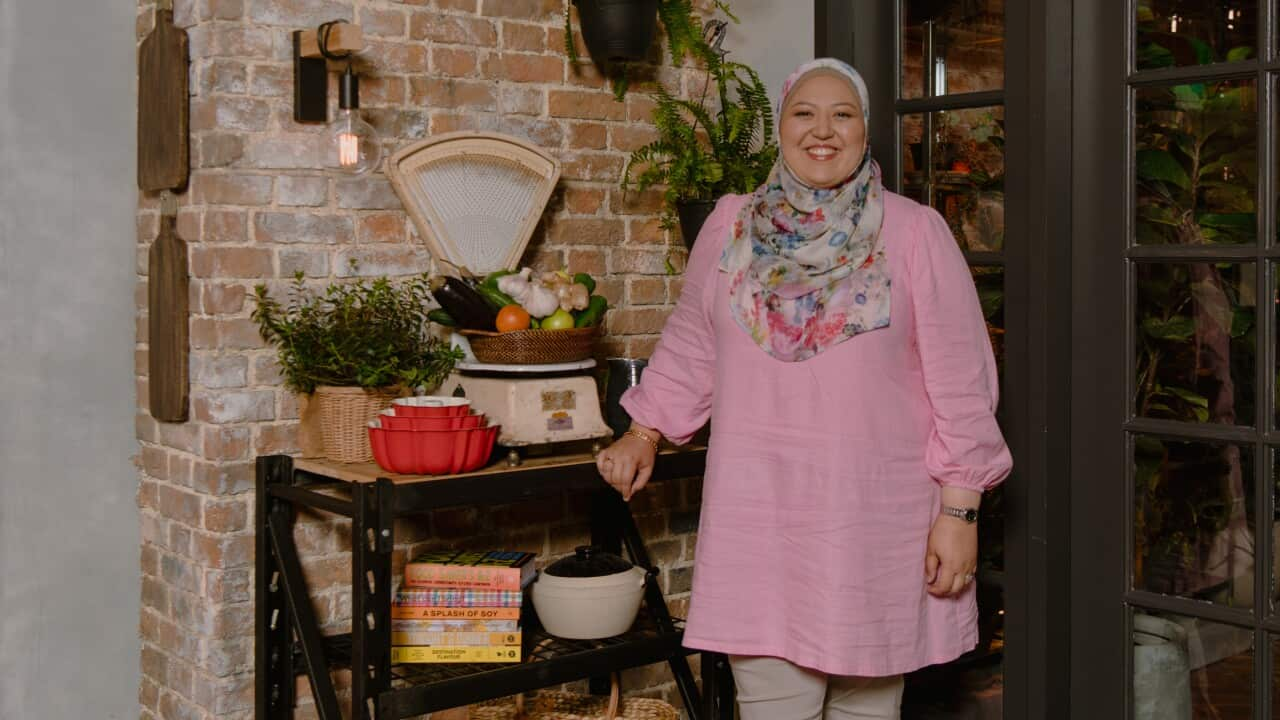Stream free On Demand

Fasting, Feasting: My Eid Story
series • cooking
G
series • cooking
G
In the days leading up to and beyond kitchens around the world come to life with the hiss of frying dough, the fragrance of spiced , and the warmth of family gatherings. This includes many communities around the world we may not instantly associate with Eid, or Ramadan.
Across vastly different cultures – be it Bangladesh, Uzbekistan, or East Africa – the festival of (marking the close of Ramadan) glows with the same spirit: celebration, generosity, and communal joy.
We asked three Australian individuals who work in food with roots in disparate countries to share their childhood memories and most cherished recipes.
The heart of Eid – family and community
At its core, Eid is about family and community. For , co-owner of in Sydney, Eid in Bangladesh was a time of togetherness and generosity, and an occasion he looked forward to, for many different aspects. “The new clothes that you get to wear, the food that gets cooked into it, the holidays that you get, you get to see a lot of people… all of us cousins and a couple of our friends or neighbours, we would all get together and we hop houses from one to another. And you will go there all dressed up with your new clothes,” he reminisces.

For Rashedul Hasan, payesh is a must-have during Eid.
For (fondly known as Nimo), who runs breakfast popups at restaurant in Sydney's Enmore, Eid means — “celebration, forgiveness, pure heart, and just happiness… pure joy and happiness.”

Nimo with her two sons. Credit: Linda Ung
Three cultures, three classic Eid Dishes
Although family is at Eid’s core, food is what truly brings these gatherings to life. Each culture boasts dishes that, while unique in preparation, share certain common threads – be it the use of rice or aromatic spices like cardamom.
In Uzbekistan, rice takes centrestage – in the form of . Karakelle describes it as the ‘crown of Uzbek cuisine’. “It is cooked for weddings, it is cooked for big celebrations, and it is most definitely cooked for Eid. It is our staple food – no table is without it for a celebration,” she says.

Uzbek plov. Credit: Linda Ung
Interestingly, in Uzbekistan, the men usually cook it over a big fire, but here in Australia, it’s Myra’s mum who prepares it. “She says a prayer as she pours each cup of rice.. like let it be plentiful, let it feed everyone for blessings and abundance… My mum would even pick up stray grains from the sink because she believed each one could feed someone," Karakelle shares.
For Hasan too, the must-have dish on the Bangladeshi Eid table features rice – in the form of , a creamy rice pudding infused with cardamom and saffron. “My mother used to make a beautiful version of this, so it's like a hug from her.”

Credit: Rashedul Hasan
For Nimo, the dish that defines Eid is mahamri, a versatile pastry made with coconut and cardamom. While Somalia and Bangladesh may be thousands of kilometres apart, the use of this aromatic, warm spice is just one of the threads that these cultures share.

Credit: Linda Ung
Mahamri can be enjoyed simply with tea or paired with savoury stews and beans, beloved for its pillowy texture and gentle sweetness. “You can make it sweet, or you can keep it plain and have it with a spicy curry. It’s so versatile!”
Adapting Eid al-Fitr traditions in Australia
Celebrating Eid in Australia has its challenges – it’s not a public holiday, for example – but it also offers opportunities to adapt and innovate. For Hasan, hosting open-house feasts has become a way to recreate the spirit of Eid in a new country. "In Bangladesh, Eid is a public holiday… the way we celebrate here is we do an open house. So we cook a lot of stuff. We invite people… It's kind of celebrating the same spirit as that we did back home.”
For Myra, "Eid is a fusion of cultures," adding that the Australian Eid is ‘one of the most multicultural’ because she is able to speak with many people from different countries and in different languages – "and eat so many different foods".
“After you've gone through that journey of peace and reconnecting for Ramadan – not only to yourself, but to your family as well, to your community, and to God – when it's the end of Ramadan and it's Eid, you just release that energy of happiness and joy,” Nimo sums up.
— This feature is part of an SBS Food video series - . on Youtube now —





